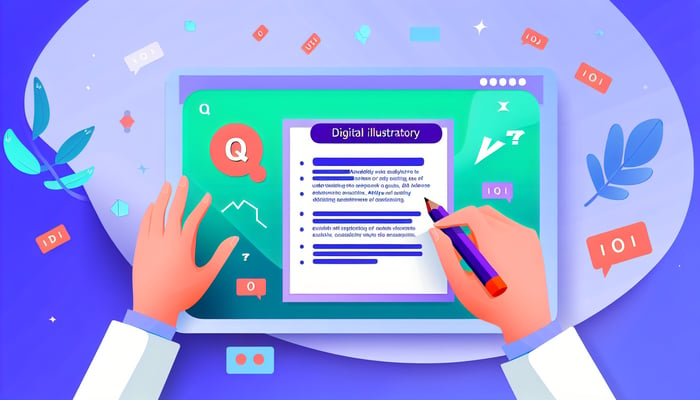Introduction
Quizzes are not just a fun way to pass the time; they can also be incredibly addictive. From personality tests to trivia challenges, quizzes engage users in a unique way that keeps them coming back for more. But what exactly makes a quiz so irresistible? In this post, we’ll explore the elements that create addictive quizzes and provide practical design tips to help you craft quizzes that hook users.
The Psychology Behind Addictive Quizzes
Understanding the psychology behind what makes quizzes addictive can help you design more engaging content. Here are some key psychological principles:
- Instant Gratification: Quizzes provide immediate feedback, which satisfies the human desire for quick results.
- Curiosity: People are naturally curious and want to learn more about themselves or test their knowledge.
- Social Sharing: Quizzes often encourage sharing results on social media, which taps into the social aspect of competition and validation.
- Personalization: Tailoring quizzes to individual preferences can enhance user engagement and make them feel special.
Design Tips to Create Addictive Quizzes
Now that we understand the psychological principles, let’s dive into practical design tips that can make your quizzes more addictive:
1. Start with a Catchy Title
The title is the first thing users see, so make it captivating! Use intriguing phrases or questions that entice users to click. For example, instead of “Quiz on Popular Movies,” try “Which Iconic Movie Character Are You?”
2. Keep it Short and Sweet
Users have short attention spans, so keep your quizzes concise. Aim for 5-10 questions that are easy to answer and don’t take too long to complete. This helps maintain engagement and reduces drop-off rates.
3. Use Engaging Visuals
Incorporate images, GIFs, or videos throughout your quiz to enhance the experience. Visual elements can help convey emotions and make the quiz more enjoyable.
4. Add Interactive Elements
Interactive elements such as sliders, multiple-choice answers, and ranking options can make quizzes more engaging. Try to incorporate different formats to keep users interested throughout.
5. Provide Immediate Feedback
After each question, or at the end of the quiz, provide instant feedback. This could be a score, a fun fact, or a personal insight based on their answers. This instant gratification keeps users engaged and encourages them to share their results.
6. Encourage Social Sharing
Integrate social sharing buttons prominently in your quiz results page. Encourage users to share their results with friends and family, which not only increases your quiz's reach but also builds a community around it.
7. Offer a Reward
Consider offering a small reward for completing the quiz, such as a discount code, a downloadable guide, or entry into a giveaway. This incentivizes users to engage with your content and can increase completion rates.
Conclusion
Creating an addictive quiz involves a mix of psychological understanding and thoughtful design. By incorporating catchy titles, engaging visuals, interactive elements, and instant feedback, you can craft quizzes that not only entertain but also captivate your audience. Remember to keep the user experience at the forefront to ensure they keep coming back for more!



